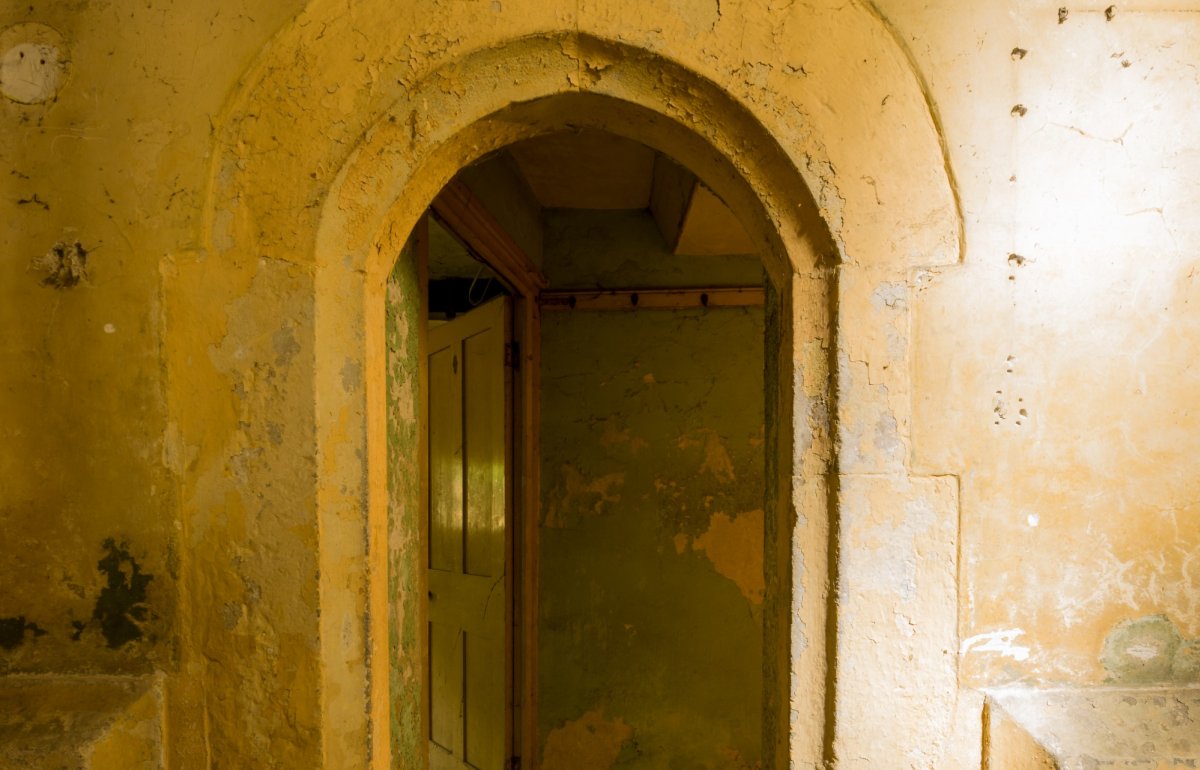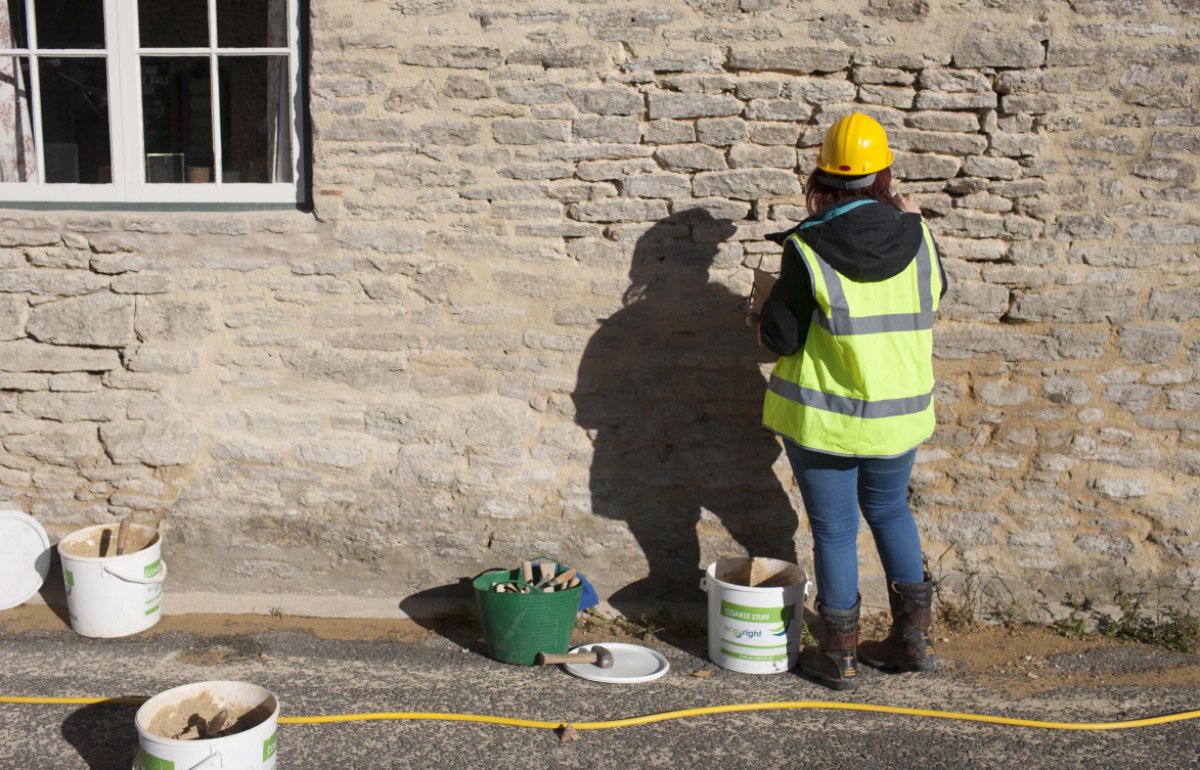I spy: curious natural patterns
Share on:
SPAB volunteer Joe Orsi explores a mysterious detail
In 2019 one sharp-eyed SPAB Scholar pointed to a pattern in the bedding mortar of a Saxon church tower and asked ‘what’s that?’ To my shame I was unable to give her any kind of answer other than ‘Now you come to mention it, I have seen similar patterns elsewhere, but I have no idea what causes it’.
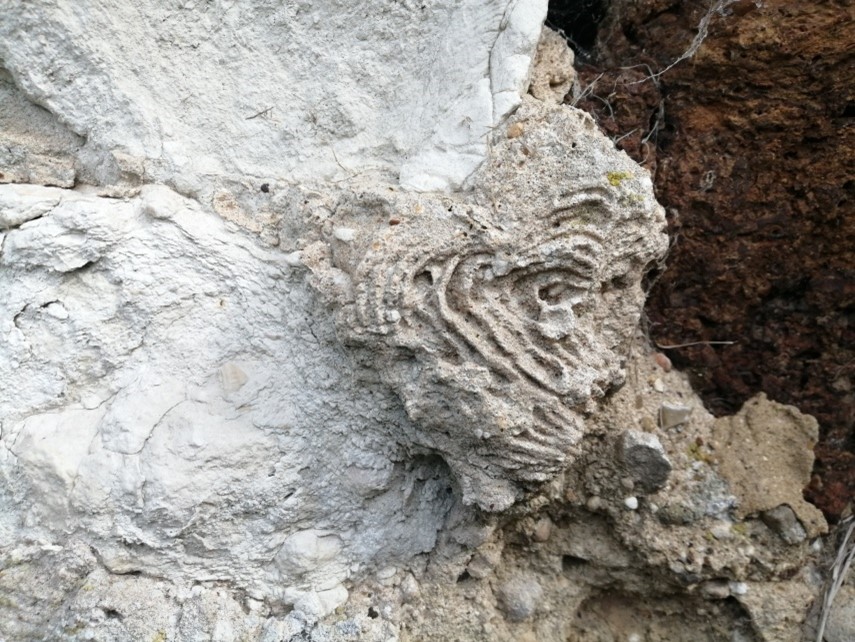
Curly-wurly mortar - the delights of St Nicholas Church, Feltwell, Norfolk. Credit: Joe Orsi
I was pleased to learn from BLF (Building Limes Forum) colleagues Dr Gerard Lynch and Franziska Braun, that the curious patterns were investigated in the late-19th century and became known as the ‘Liesegang Phenomenon’. The spontaneous pattern – named after the German chemist and photographer Raphael E Liesegang – is still not properly understood, but is thought to be caused by the re-carbonation and precipitation pathways.
Mineral precipitation is where mineral solids dissolve to a fluid and run out of the solid mineral mass.
Re-carbonation is part of the lime cycle; the fresh lime mortar (calcium hydroxide) takes in carbon dioxide over time, returning to a calcium carbonate. Here, it is theorised that the carbon dioxide (in some cases) creates a swirling pattern through small pathways in the lime mortar, rather than as a carbonation front that passes evenly through the mortar.
These theories are interesting but do not explain similar patterns found in naturally occurring limestone, similar to this example sent to me by Paul Gingell.
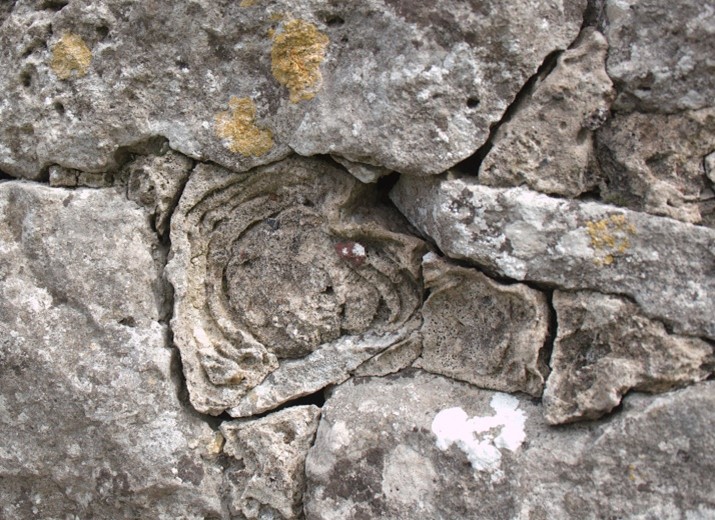
Even more confusingly I started to notice similar patterns in sandstone, as with this Norfolk carrstone example. I have now found that many other chemical systems can undergo this type of reaction, so thanks to the Scholar who sent me down a rabbit hole and left me with more questions than I started with!
By Joe Orsi.
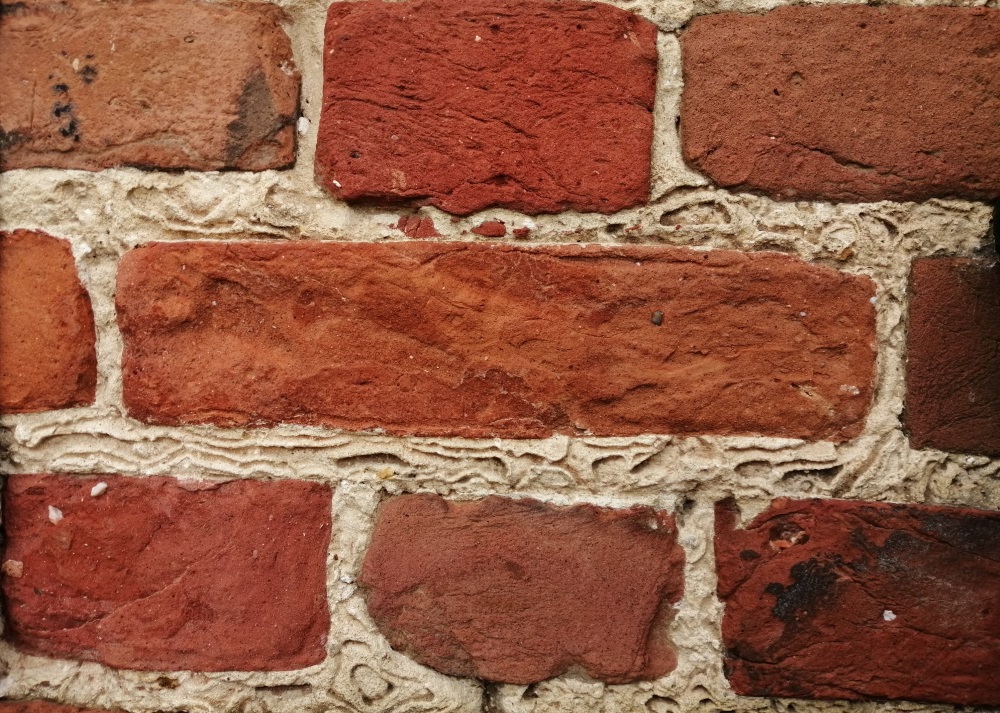
Sign up for our email newsletter
Get involved

